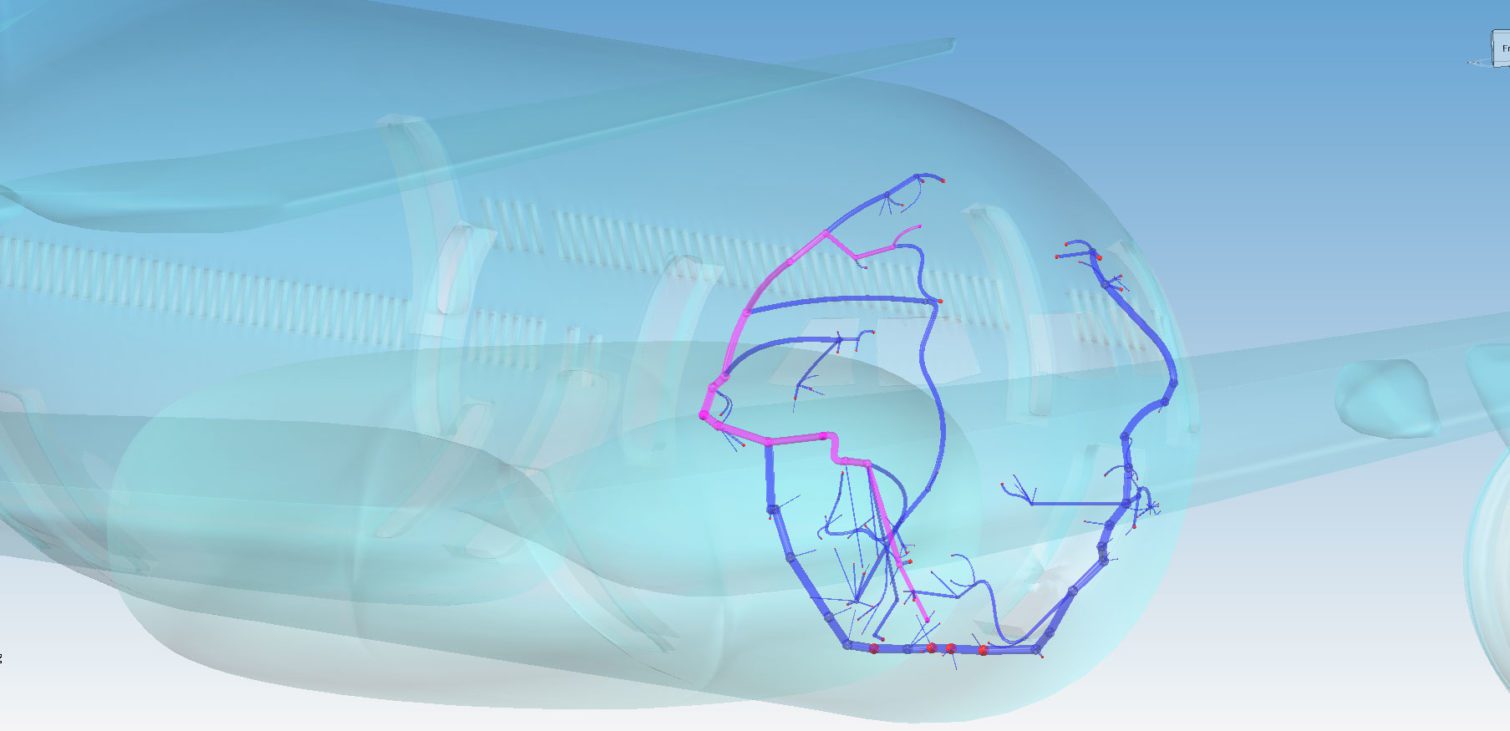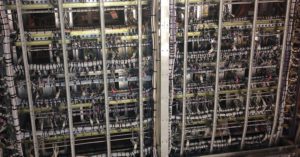Aircraft electrical design projects tend to be very large and extremely complex. The challenges associated with managing the sheer number of wires (required for avionics systems, engines, sensors, in-flight-entertainment etc.) is frequently compounded by the distances some signals must travel within the airframe, passing through several harnesses on route. For example, an Airbus A380 – with its wingspan of almost 80m and a nose-to-tail length of almost 73m – allegedly has around 480km (300 miles) of wiring.
Keeping everyone in the loop
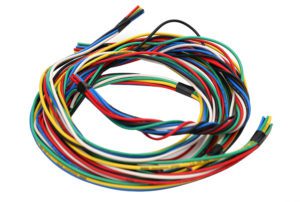 Compounding matters further still is the number of stakeholders involved in the creation and subsequent maintenance of the wiring harnesses. These stakeholders include software, electronic, electrical and mechanical engineers, personnel in purchasing and QA as well as specialists in regulatory compliance, some of which will be external suppliers to the airframe OEM.
Compounding matters further still is the number of stakeholders involved in the creation and subsequent maintenance of the wiring harnesses. These stakeholders include software, electronic, electrical and mechanical engineers, personnel in purchasing and QA as well as specialists in regulatory compliance, some of which will be external suppliers to the airframe OEM.
All must work together to produce an accurate data set for each harness, where the set includes a schematic, wiring plan, bill of materials, datasheets, assembly notes and, where applicable, fuse ratings and switch settings. Sound data management is essential if you are to stand any chance of creating and then maintaining something like this…
Managing your data
Thankfully, ECAD tools like Zuken’s E3.series have an object-oriented systems architecture. This ensures continuous synchronisation between all engineering stages and supports concurrent engineering within any given project. Also, if there are multiple projects, sound data management will be essential for version control and managing options and variants.
E3.series integrates well with MCAD tools. This allows electrical connectivity to be defined in a 2D environment, i.e. a traditional schematic, and for the design to be exported (via E3.Bridge) into a 3D MCAD environment. The design can then take on physical characteristics, such as wire and bundle diameters, inherited from data within the ECAD tool.
View and analyse
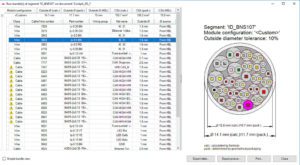
The design can then be passed back to E3.series for the positioning of ties and clips, and for the creation of wiring drawings and other elements of the data set.
The wealth of documentation needed for assembly and maintenance purposes can, and should, have its roots in the electrical, mechanical and software design domains. Moreover, by making better use of the data within a project, all stakeholders stand to save money.
Also see:
- E3.cable – Electrical Wiring Design Software
- E3.HarnessAnalyzer – Viewing and analyzing wire harness drawings
- Webinar: Wire Harness Design Automation Basics 1
- Webinar: Wire Harness Design Automation Basics 2
- “Long Haul Routes,” Aerospace Manufacturing Magazine.
You may also be interested in our annual innovation events – our final European one is:
Related Content
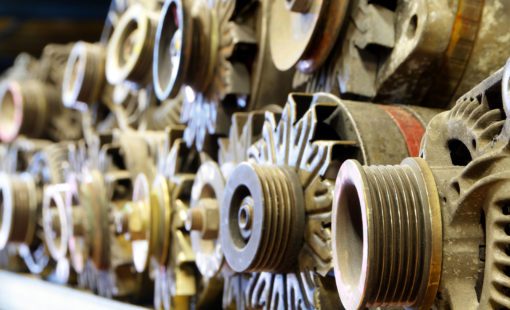
- Blog
It has often been noted that many of the aircraft and other weapons systems used by the armed forces are older than the service men and women operating and maintaining them. While the average age of a U.S. domestic commercial airliner is 11 years, it is not uncommon for aircraft to still be in service at 30 years. Likewise, there are many machines and systems in electric power generation, discrete parts manufacturing, chemical process, oil and gas production and many other industries that have been in continuous operation for several decades or longer.
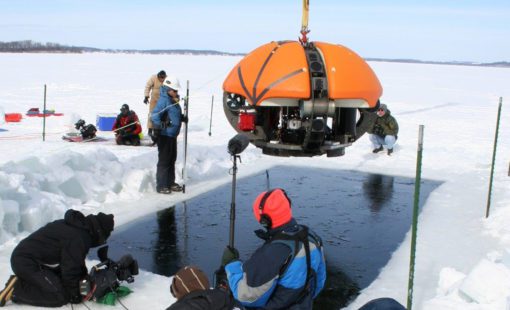
- Case Study
Stone Aerospace faced the pressure of a tight schedule in designing a one-of-a-kind underwater autonomous vehicle (AUV). The time needed to design the wiring harness for the AUV was reduced by around 12 weeks and $20,000 was saved by using E3.series to automate many aspects of the design process, while integrating the logical and physical design on a single platform.
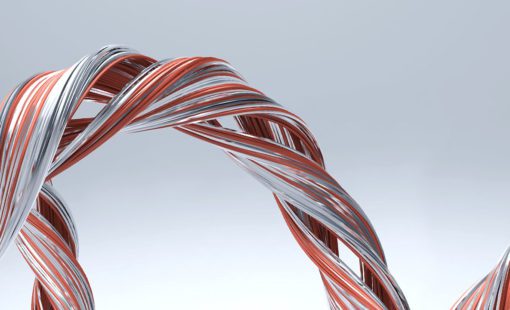
- Products
E3.series is a true concurrent electrical engineering environment supporting advanced requirements for electrical documentation, cabinet and wire harness design and manufacturing outputs.
